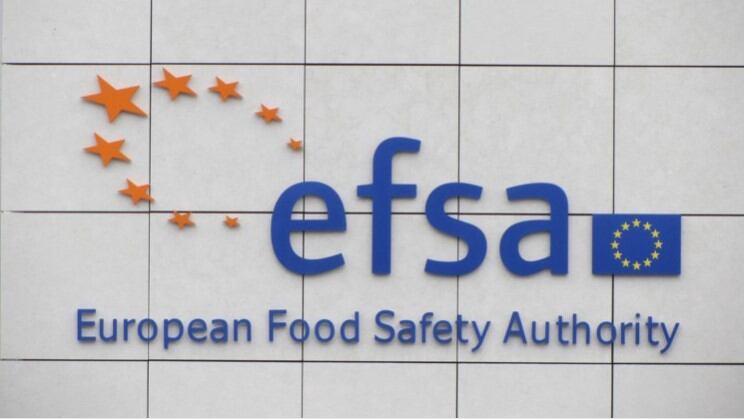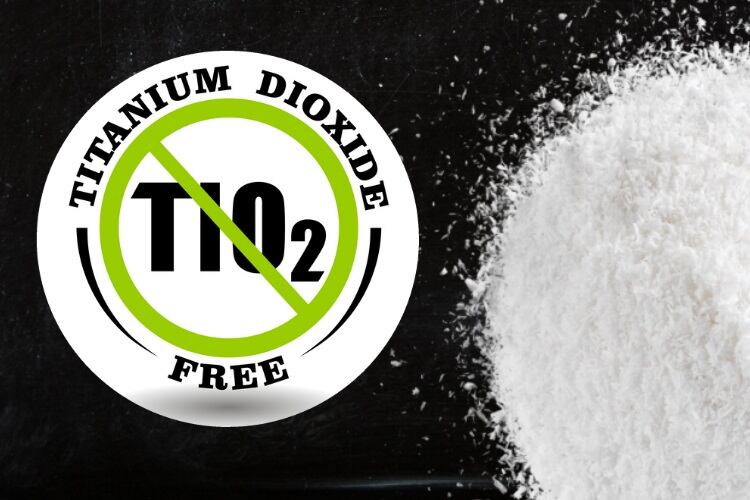Belgium-headquartered Minafin Group, the business behind the methyloxolane dossier, describes the EFSA ruling as a “breakthrough with world-wide impact”.
“The use of methyloxylane for extraction will have a huge impact on the safety and sustainability of food processing in Europe and beyond. It opens the door for an option to eliminate petrochemical residues in the food chain,” said Laurence Jacques, managing director of Minafin Group.
The petrochemical solvent hexane is widely used for extracting nutraceutical and phytoceutical ingredients, such as carotenoids, rice bran oil, annatto extract, borage oil, fish protein isolate, defatted wheat germ, omega-3 rich oils, krill oil and soy protein isolate.
Because it is classed as a ‘processing aid’ and is therefore exempt from labelling, hexane is invisible to consumers. However, Minafin Group argues that residues can never be totally removed during the manufacturing process, and that traces are found in processed foods and supplements that use vegetable oils, plant proteins or natural extracts as ingredients.
The problem with hexane…
The issue, according to Minafin Group, is not so much the presence of solvent residues in the food as the lack of data that exists on whether these residues pose a risk to human health.
“The presence of solvent residue in food is not a safety issue as long as the substance innocuity has been properly assessed through an updated toxicological database, a Tolerable Daily Intake (TDI) has been derived and the worst case scenario remains within that TDI,” Jacques told this publication.
“The main issue related to the presence of petrochemical residues in food is that the above mentioned assessment has not been carried out since 2009 for any other solvents in the 2009/32/CE list except for the dimethyl ether,” she said.
Jacques said this was particularly concerning from an endocrine disruption perspective: in 2017, the protocol for toxicological studies was changed to take this health issue into consideration.
The application submitted for methyloxolane was therefore required to include a toxlcological dossier that proved the solvent does not present a risk for endocrine disruption. No such review has been performed on the 20 other solvents on the 2009/32/CE approved list.
Whilst for solvents such as ethanol or ethyl acetate - naturally occurring molecules for which strong toxicological data exists - Jacques said this wasn’t such a problem, whereas for other solvents, such as hexane, which have known toxicity for human health, this review was critical.
No alternatives
She said: “Hexane is banned from organic food and cosmetics. It has been substituted in pharmaceutical production for 20 years. And you won’t find any toxicological assessments of hexane. Hexane entered the food chain around world war II and never applied for an approval. The reason it is still in our food chain is that it is critical for food security - every year about 1.1 million tonnes of hexane are used by the food industry and this will continue unchallenged as long as there is no better alternative.”
Up until now, Jacques said the only alternative to hexane for the production of food ingredients was supercritical CO2 - a technique that requires very high pressures and is very expensive.
One of the barriers to bringing to market alternatives to petrochemical solvents is the cost associated with getting a substance added to the list of solvents approved for food use.
Minafin Group said it had been working on its application since 2012, and had invested several million euros in accumulating the necessary evidence. The biggest toxicology study cost around €1m and took two years to complete.
“As long as nobody shows that a clean dossier is possible, it is easy for all the other solvents to claim an alternative isn’t possible, the studies are too expensive. We want to show that it is possible for a solvent and it should be done. We did studies on rats, baby rats, pregnant rats. For hexane we are the rats,” said Jacques.
From the toxicity studies submitted by Minafin Group, the EFSA panel derived a TDI of 1 mg/kg bw per day for 2‐methyloxolane based on the lowest identified no observed adverse effect levels of 100 mg/kg bw per day for reproductive and developmental toxicity.
What is methyloxolane?
Methyloxolane is produced from agricultural byproducts via a patented technology called EcoXtract, which won the Pierre Pottier 2021 green chemistry award. This process results in a bio-based solvent with a carbon footprint that is 10% that of its petrochemical cousins: in a lifecycle analysis performed by Rowan University, it was found to produce 200g of carbon per 1kg, in comparison to 2kg per 1kg for an average petrochemical solvent.
Although sugar bagasse - a residue of sugar production - is typically used as the raw material in the production of methyloxolane, it can be any byproduct rich in hemicellulose: sunflower husk, rice bran, almond husk or wood chips.
Methyloxolane has been used worldwide since 2007 for the production of active pharmaceutical ingredients. It has been recognised by the pharmaceutical industry as a low toxicity solvent (class 3 - the same as ethanol).
First food approval
Minafin Group said the EFSA opinion paves the way for its first food approval.
“Europe has one of the most rigorous regulatory regimes in the world which is why we decided to apply for approval there first. Now we are in the process of adapting the dossier for other markets. We will be filing for US approval in a few weeks. Canada and Australia will follow,” said Jacques.
Directive 2009/32/CE will be amended in the coming months to reflect the positive opinion, giving food and ingredient manufacturers who are committed to eliminating petrochemical residues in their supply chains a safe, bio-based alternative.
Smooth scale-up
As methyloxolane is already an industrial product, scale-up of food-grade methyloxolane won’t be a problem, according to Minafin Group.
“It is just a question of copy and paste of a known technology. If the market starts to adapt we know how to scale up,” noted Jacques.
A Horizon 2020 grant obtained together with four European partners (De Wit Specialty Oils, NHE, Vivaorganic and DMB) will also support the scale-up of EcoXtract for the food industry.
“This grant illustrates the high motivation of the European Commission to address the hexane issue,” said Jacques, adding: “We could eliminate that issue in a couple of years if there is the appetite from the food industry.”


